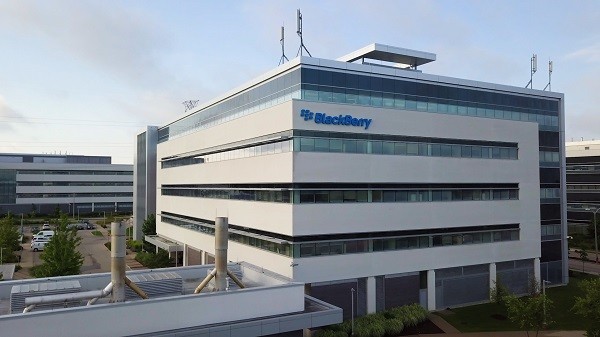
Cormark analyst Richard Tse is back from this year’s Mobile World Congress in Barcelona, and he says the 2013 version of MWC was clear evidence that interest in mobile is growing.
This year’s trade show, he noted, boasted a record attendance of 72,000 people who maneuvered through 240,000 square metres of trade booths.
One booth that was notably absent, says Tse, was BlackBerry. The Cormark analyst says he was surprised that BlackBerry did not have a presence at Mobile World Congress following the launch of BlackBerry 10, on January 30th.
Tse says the feedback he got from service providers, developers, and other industry partners was one of uncertainty. He says that many developers who were unsure of BlackBerry 10’s success chose to hold back until the platform scales. This, he says, presents a chicken and egg scenario ahead of BlackBerry’s launch in the United States this month. Tse believes that BlackBerry needs the right apps, especially in the United States, to attract new subscribers. But with just six of the top twenty apps, he says, this deficit will be the biggest obstacle to a successful launch stateside. Beyond an initial channel fill, he says, a successful comeback looks increasingly more challenging. His Market Perform rating and $14 target, says Tse, is based on BlackBerry’s net assets.
BlackBerry 10 devices, after launching in the UK, Canada and UAE in February, and India last Monday, will launch in the United States later this month. The company says the reason for the delay is carrier testing, which is more extensive in the US market.
_____________________
This story is brought to you by Serenic (TSXV:SER). Serenic’s cash position as of its most recently reported quarter was greater than its market cap as of February 15th, which was $2.61-million. The company has zero long-term debt. Click here for more info.
_______________________
Meanwhile, BlackBerry did have a presence at Mobile World Congress in the form of vice president of product and channel marketing Rory O’Neill, who talked to Marketing Week about the rollout of BlackBerry 10, which he says may depend more on virality and big data than traditional television ads.
“Arguably we’ve not been great at communicating on a 30-second TV ad or carpeting a city with posters,” he said. “We are good at communicating in a very viral way. In the early days one of the best industry tactics was our ‘sent from my BB wireless’ on emails, then others followed.” O’Neill points out that the company didn’t advertise BlackBerry Messenger on television until it had 20-million users.
““What great brands do at this stage is focus on their target market, ” added O’Neill. ” If you look after your customers, the market share will take care of itself. Tech turnarounds do happen and it happens when you focus.”
Emerging markets such as Indonesia, India and parts of Latin America have grown BlackBerry’s subscriber base, even as its brand fell of a cliff in the US last year. Tse, however, says that while the United States now accounts for just 19% of BlackBerry’s revenue, the market is important, in as much as it is a “meaningful driver in the stock’s sentiment.”
Shares of BlackBerry on the TSX closed today down 3.6% to $13.14.
____________________
_______________________
Comment
One thought on “BlackBerry’s Chicken and Egg Problem”
Leave a Reply
You must be logged in to post a comment.




 Share
Share Tweet
Tweet Share
Share




With over 100,000 apps on BB10, how many more apps are needed? BB isn’t a gaming platform, even though it plays console games, Angry Birds, and even Netflix streamed wirelessly to your HDTV, It’s designed for fast communication, and those are the users who appear to be moving from Apple & Android. Check out the Financial Times review: http://howtospendit.ft.com/phones/20983-blackberry-z10 as an example of how BB is sneaking up on its unsuspecting competitors.